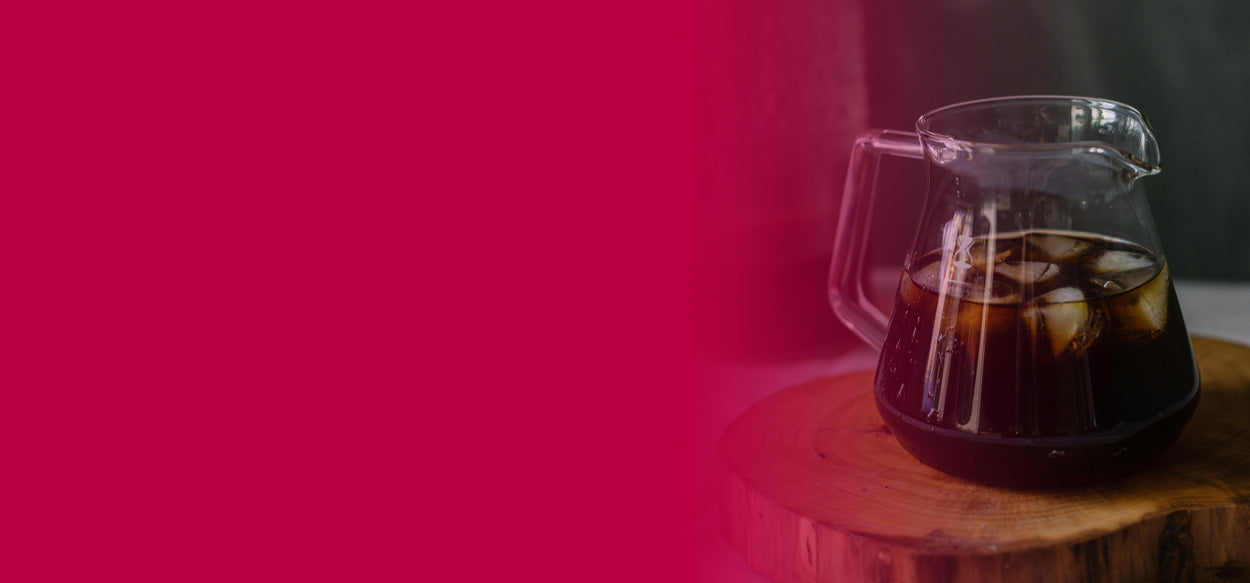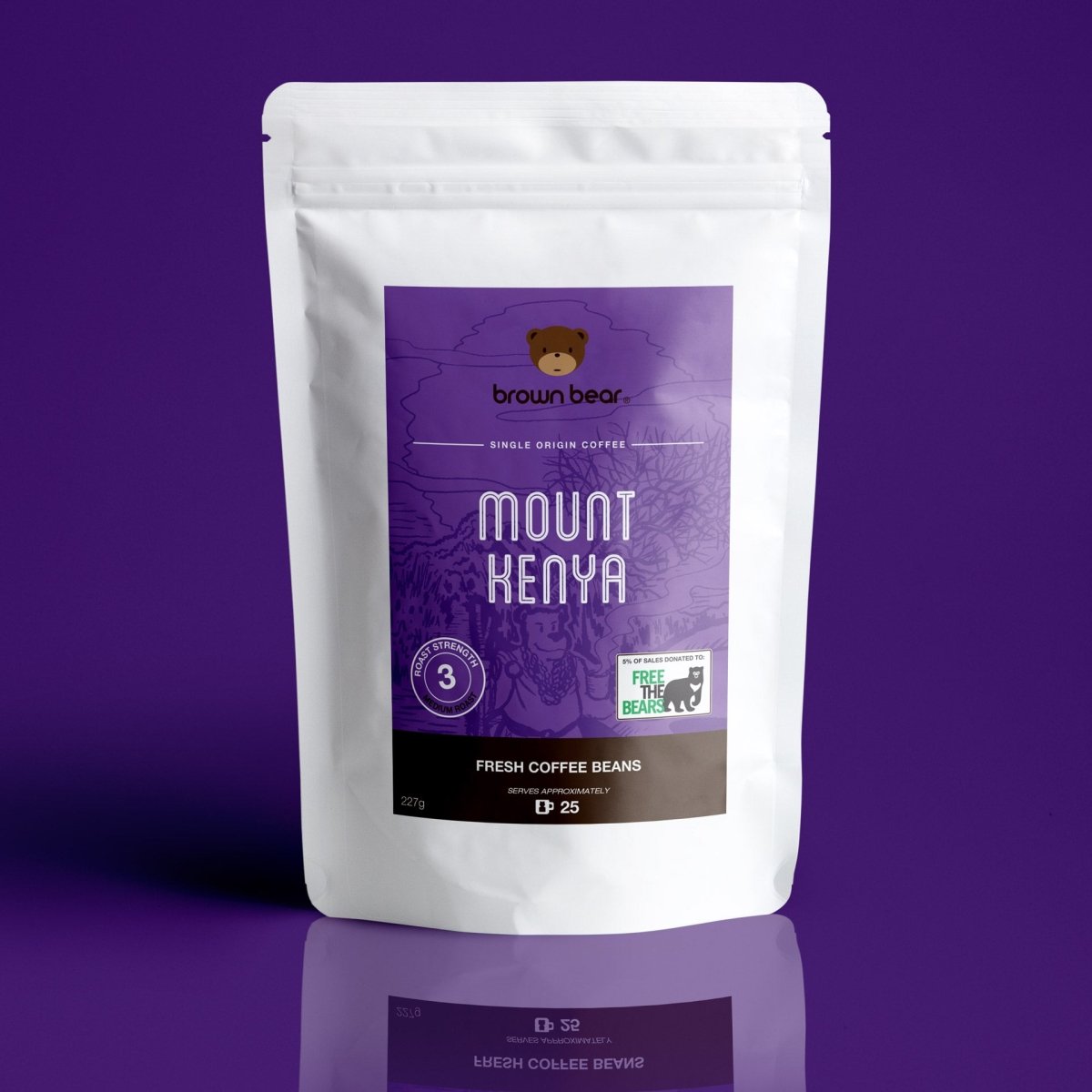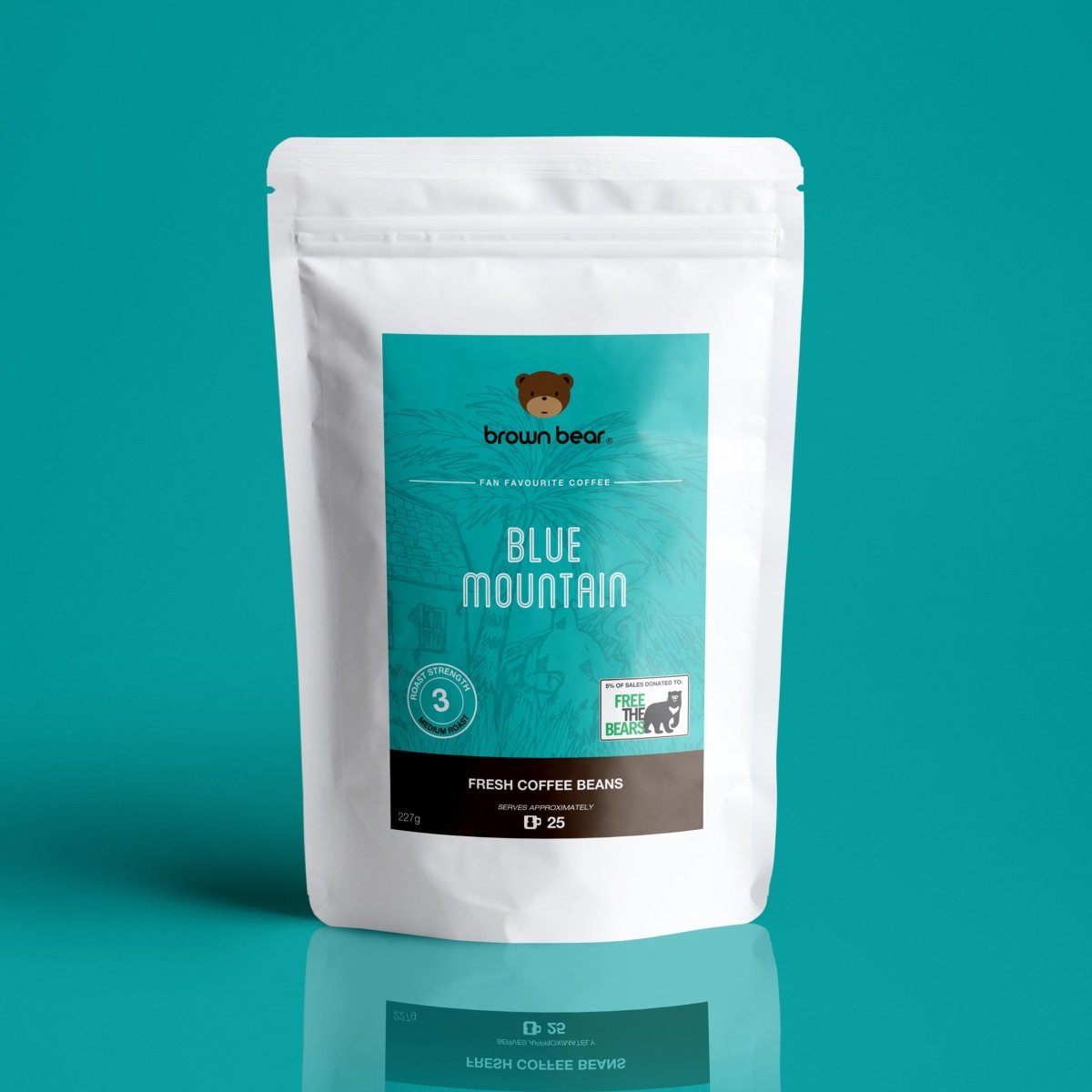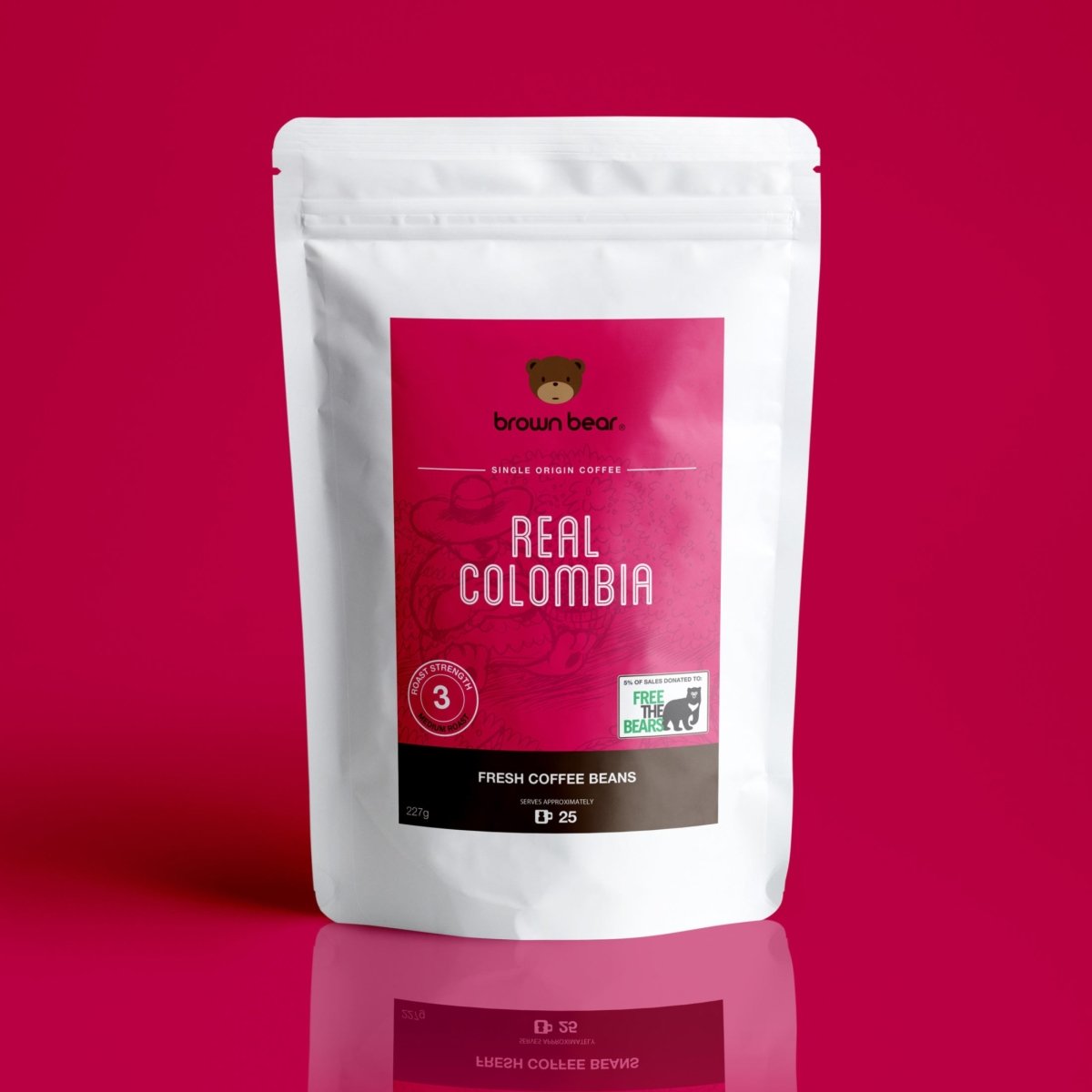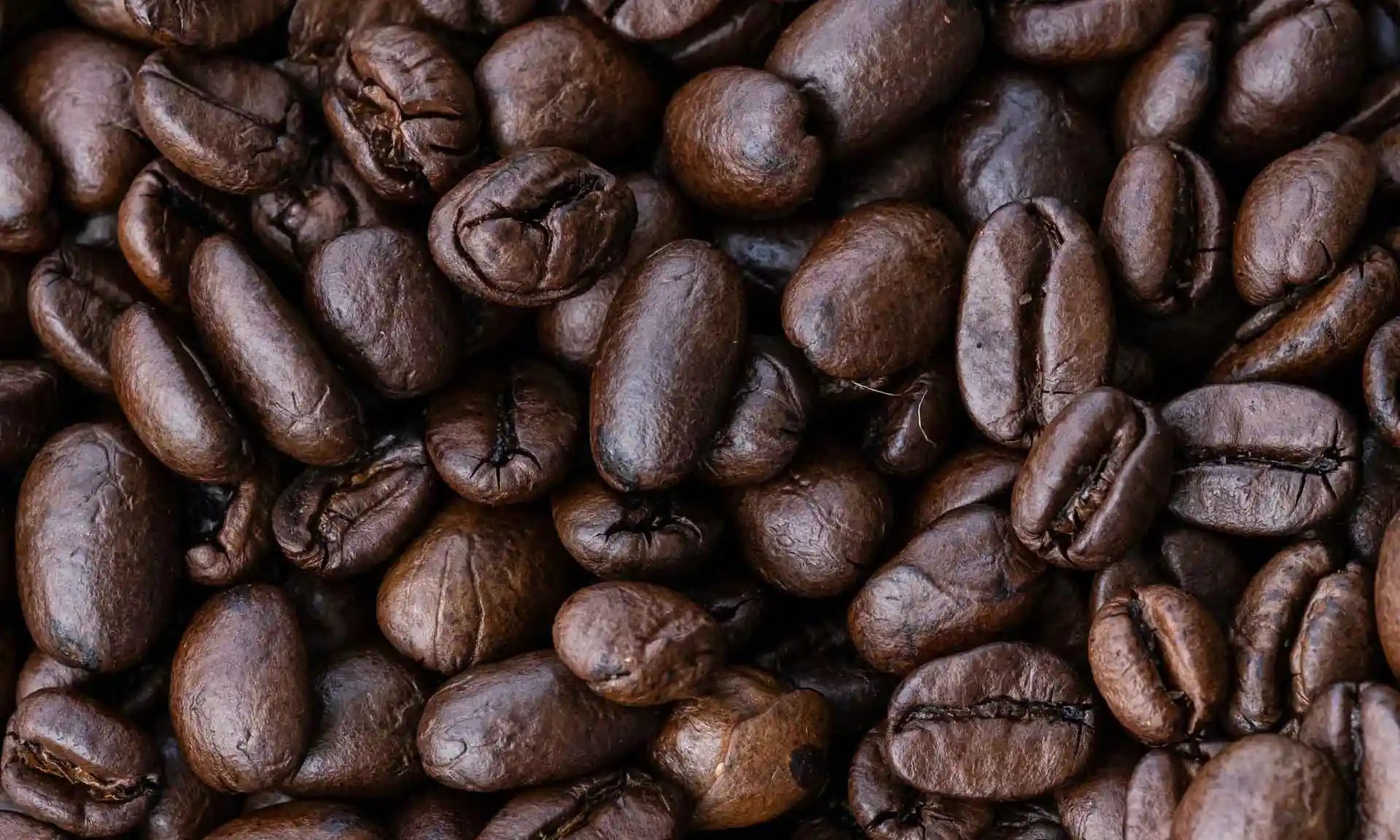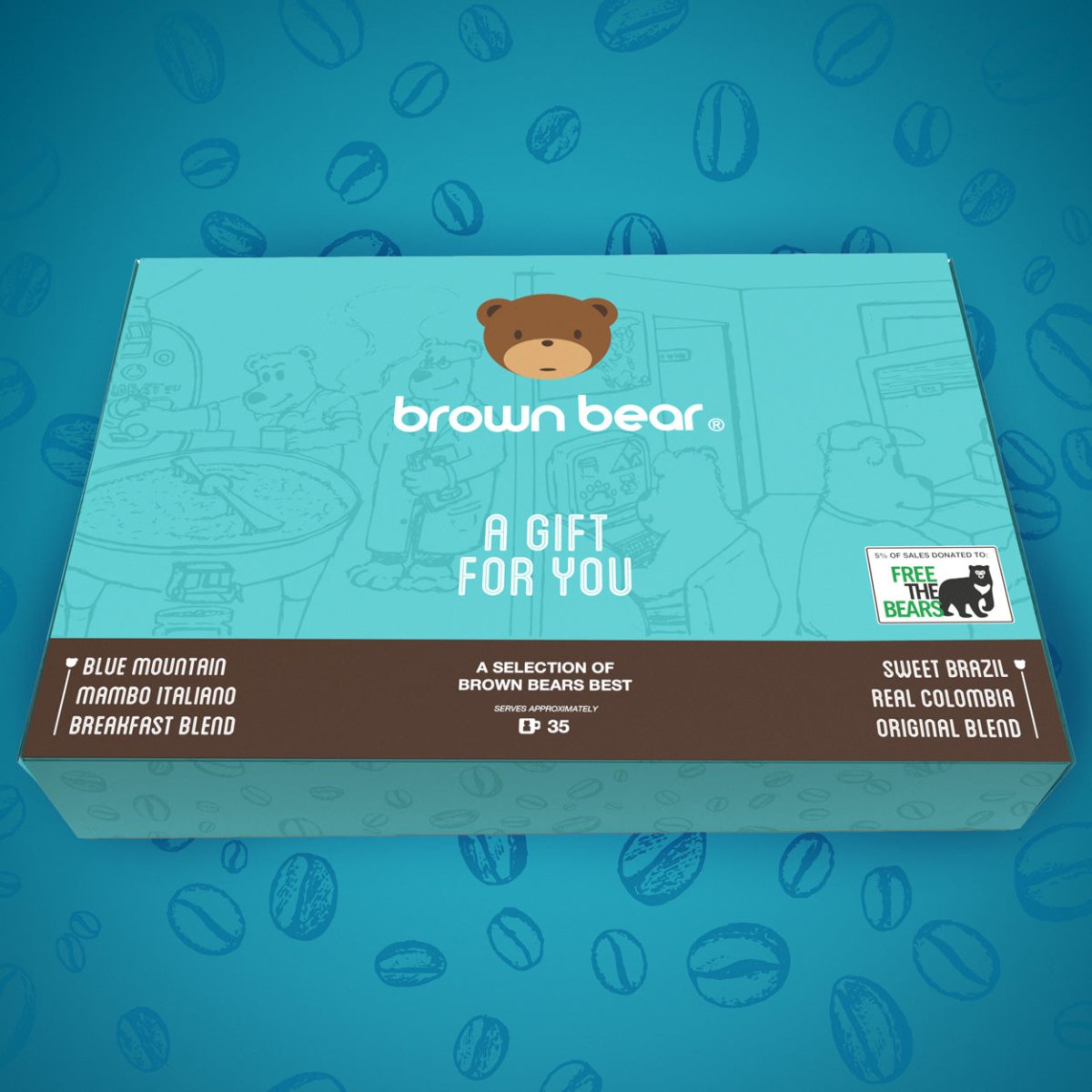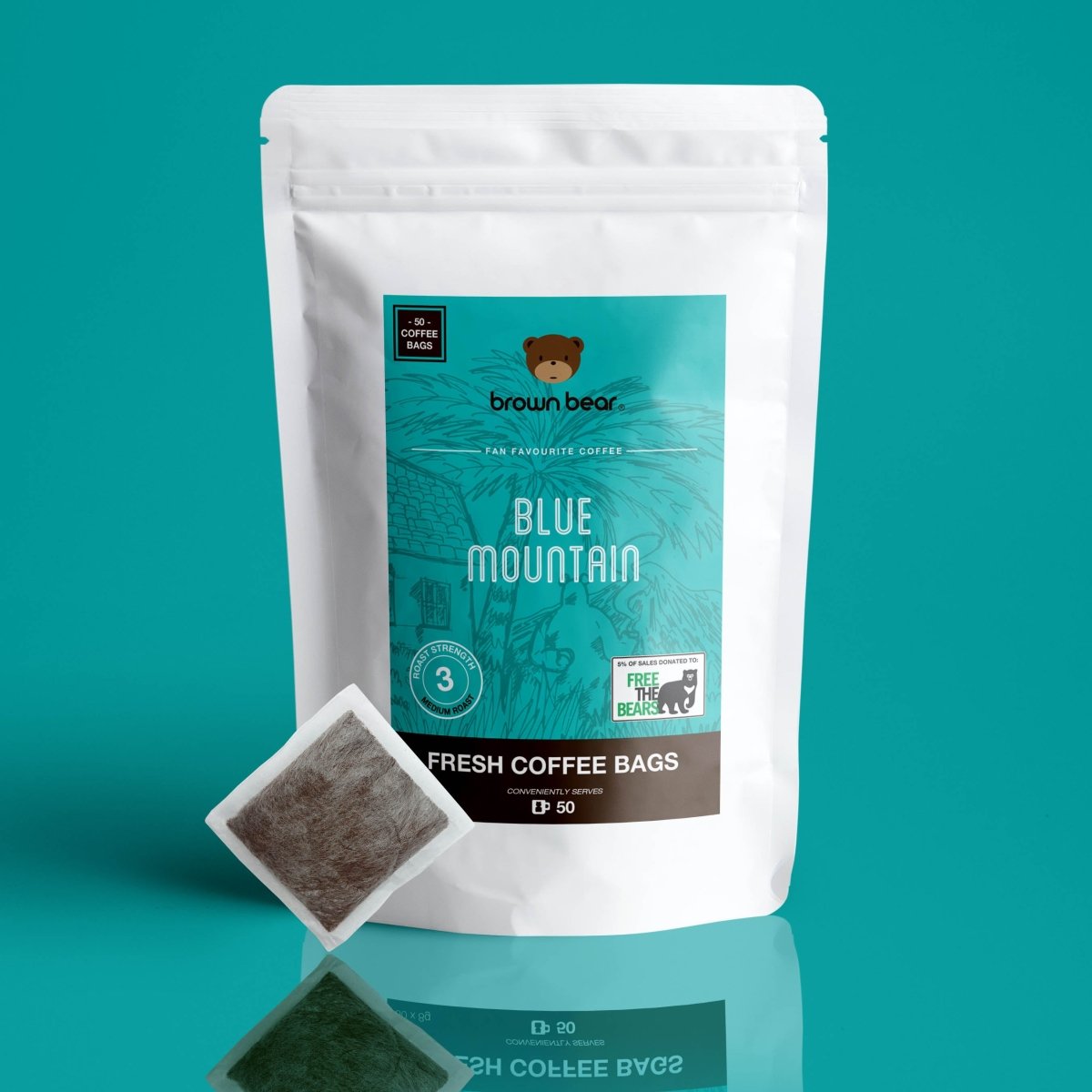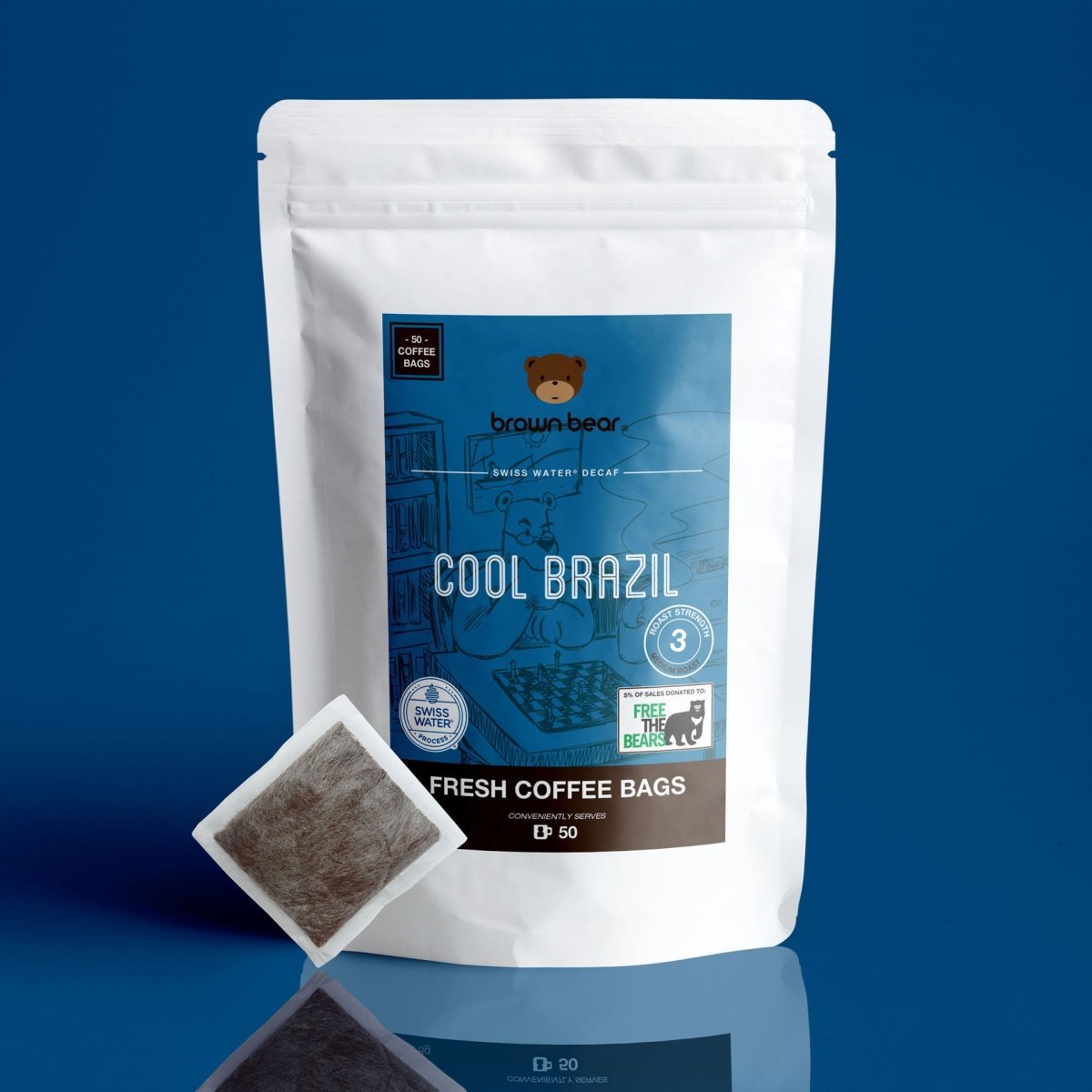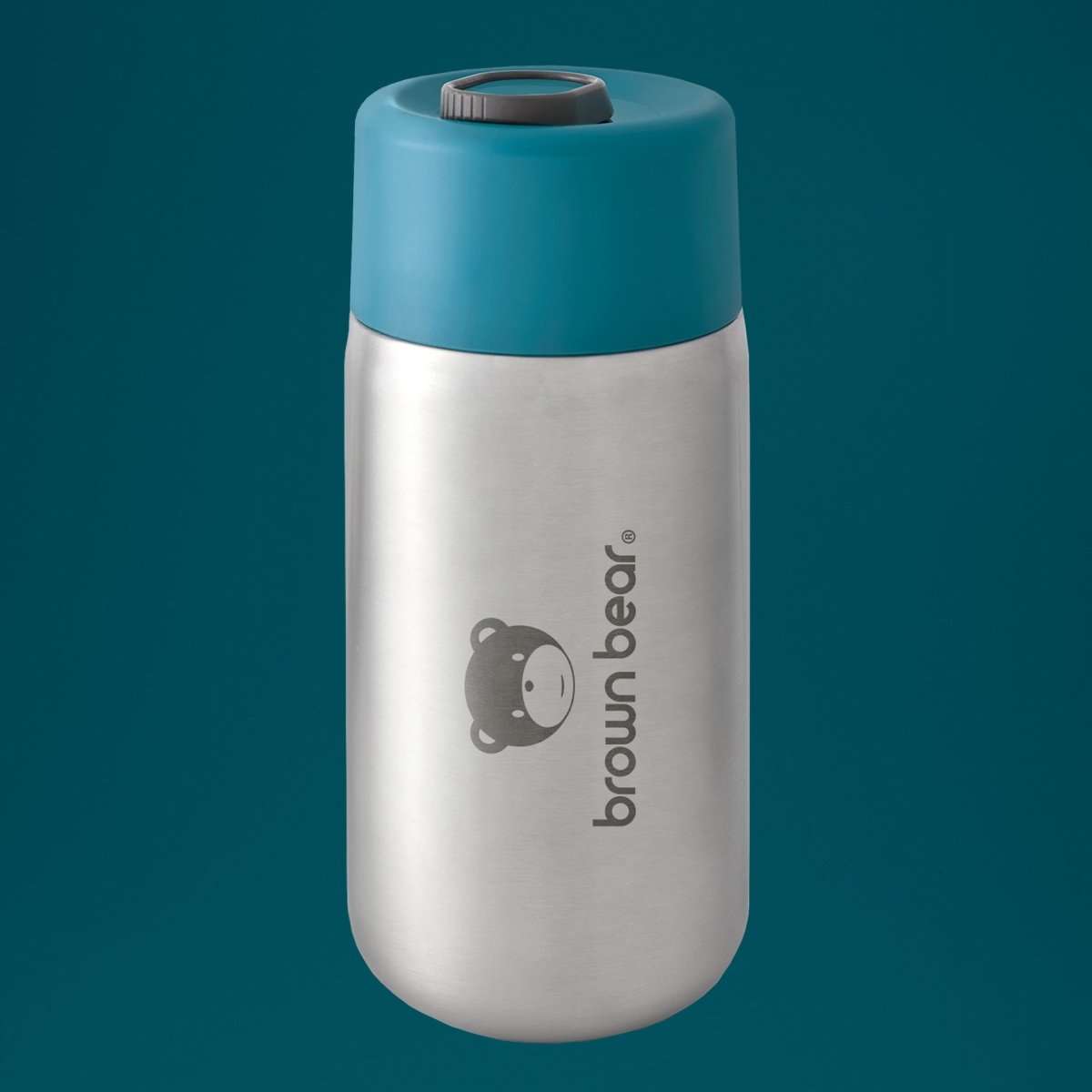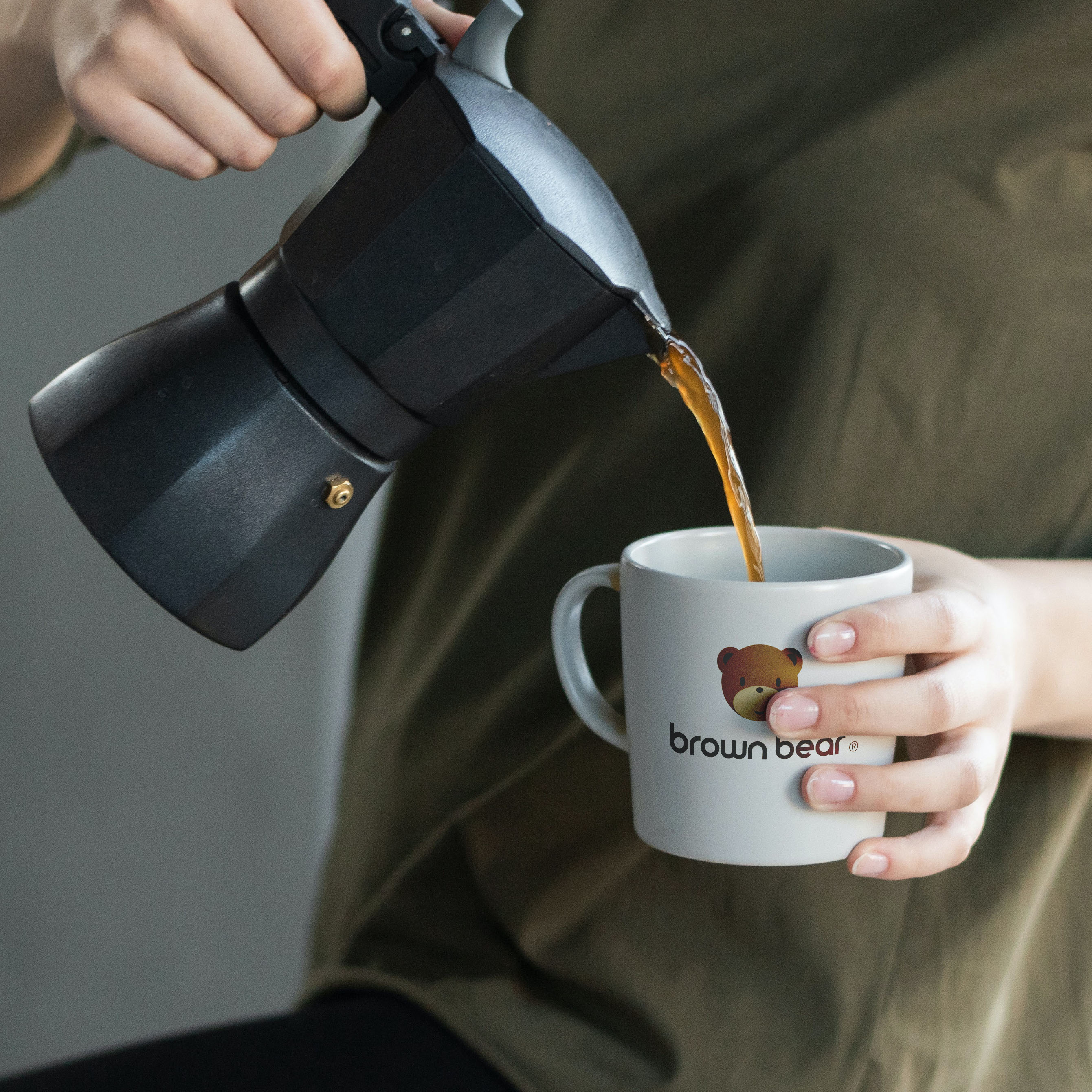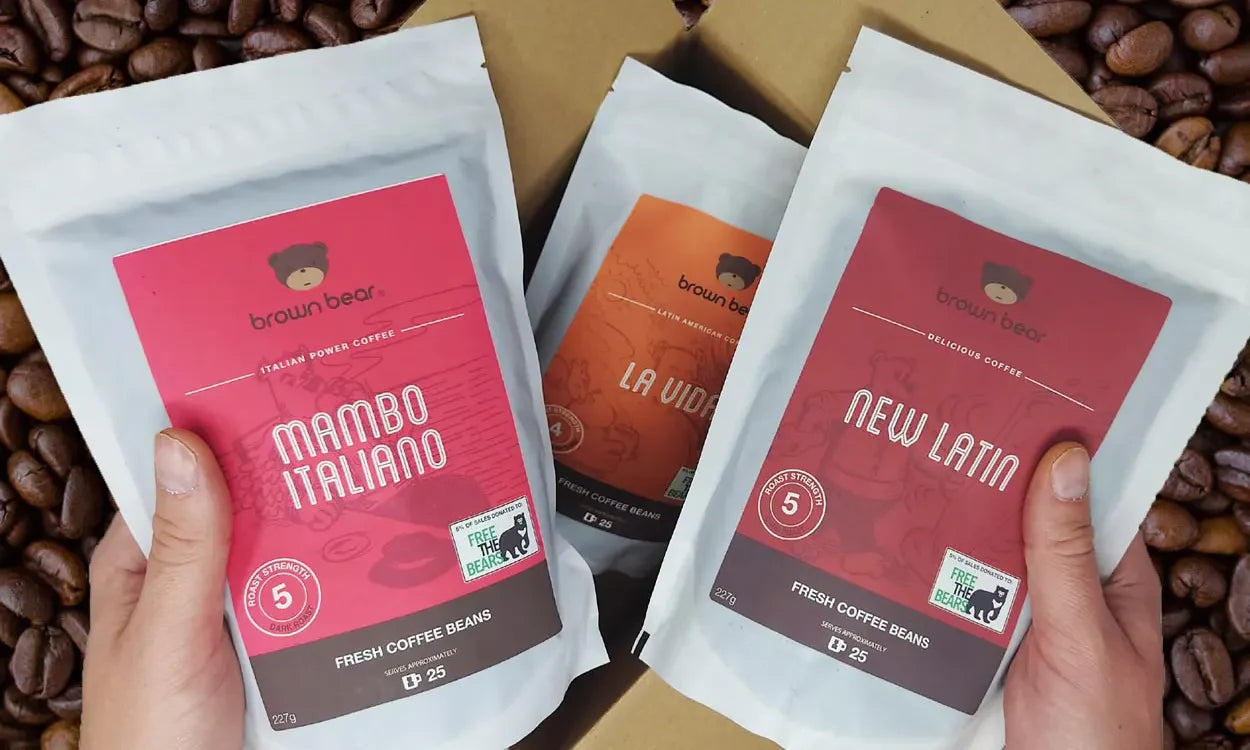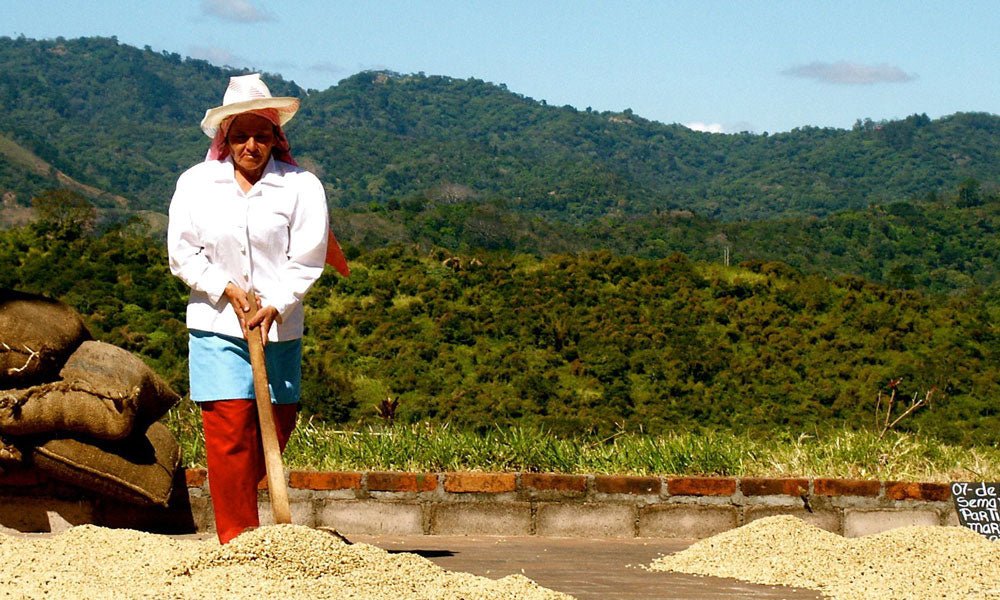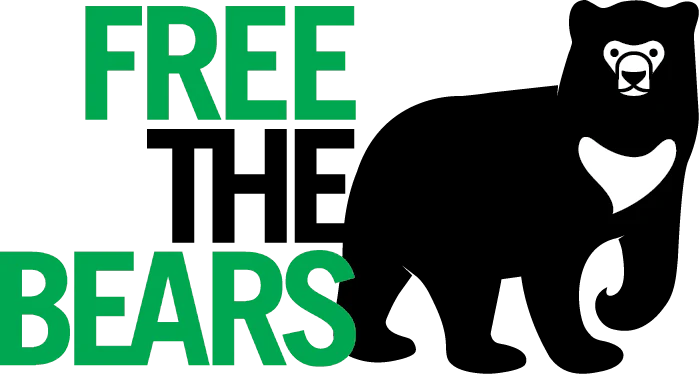Indian Coffee
Indian coffee has grown by leaps and bounds in recent decades, both in quality and quantity, and one main reason is the liberalization of the market in the 1990s, which dramatically reduced the role of the Coffee Board of India as the monopoly exporter. Previously, Indian coffee was "pooled" and exports were usually a blend of many different coffees and qualities.
Since that system was scrapped, the wide range of arabicas and robustas produced in the country have been shown and identified internationally, resulting in better quality and higher production levels for Indian coffee. The specialty movement has also developed well in India with the formation of the Speciality Coffee Association of India and many of its members now supply coffee directly from their estates.
Karnataka state in the southwest of the country is the main growing region, but good quality coffee is also grown at Tellichery and Malabar in Kerala state, as well as in the Nilgiris, in Tamil Nadu state, also in the southwest. In the 2000s, coffee was also introduced into the traditional tea-growing region of Assam in the northeast of India, as part of a social program to aid the indigenous farmers there.
Good quality Indian coffee is classified as Arabica Plantation, of which the best grade is A. Monsoon coffees are classified as Monsooned Malabar AA and Monsooned Basanically. There is also some peaberry production. Some of the world's most sought-after robusta coffees are also from India, where the process of washing has improved their flavour and desirability for roasters, especially those looking for ingredients for a good quality espresso.
What is Monsoon Malabar coffee?
Monsoon Malabar is a particularly popular type of coffee, which harks back to the days when goods and people were transported to and from India under sail and it could take a ship several months to travel to Europe. During the journey on the high seas, the green beans were exposed to high levels of humidity, which affected both their flavour and their colour, so that by the journey's end the beans had turned from green to a curious shade of yellow.
Customers became used to Monsoon Malabar and, when steamships shortened the journey time, coffee producers found that their customers still wanted the colour and flavour of the voyage- affected beans. In order to reproduce these characteristics, the process of "monsooning" was introduced.
The monsoon occurs in the southwest of India in May and June, and during this period the beans are spread, to a depth of 15 centimetres in special open- sided buildings, where they are left for five days. The beans are raked over from time to time so that every bean is exposed to the air, which has an unusually high degree of humidity at this time of year. They are then loosely packed into and stacked so that the monsoon winds bags can blow around and over the sacks.
The sacks are then repacked and restacked once a week for seven weeks until the beans have changed their flavour and colour. Finally, the beans are hand- filtered to remove any that have been unaffected by 'monsooning’ and they are then packed for export from October to February,
Indonesian Coffee
Coffee is produced throughout the Indonesian archipelago and Java is one of the famous names of coffee history. Coffee trees were introduced to Indonesia by the Dutch in the mid-seventeenth century and the first coffee from the island of Java was sold in Amsterdam in 1712.
However, in 1877 all the plantations were wiped out by coffee rust disease and robusta trees were imported from Africa to replace the old trees. Today, less than 10 percent of the total coffee production is of arabica beans, and Indonesia is one of the world's most important producers of robusta.
Most of the coffee is produced on small plantations, which account for about 90 percent of the total production. The best growing areas throughout the archipelago are on the islands of Java, Sumatra, Sulawesi, and Flores.
Java produces a subtly aromatic coffee that, with its relatively low acidity, is smooth and pleasantly balanced. It is more acidic than the coffee from Sumatra or Sulawesi and has a spicier flavour. The best estates are Blawan, Jambit, Kayumas, and Pankur. Mocha Java, one of the traditional coffee blends, is a mixture of Java with mocha coffee from Yemen.
Sumatra, the second largest of the islands, has a rather heavier body, preferred by many connoisseurs. The Mandheling and Ankola beans are especially highly regarded, and the beans from Mandheling have even been described as the most full-bodied arabica in the world. Sulawesi, the island that lies between Borneo and Papua New Guinea, was formerly called Celebes. The full-bodied Indonesian coffee has a rich flavour and splendid aroma.
The best-known beans are from Kalossi, in the south of the island, and look out for Celebes Kalossi and from Toraja and Rantepao. Indonesian arabica as a whole is quite strong and warmly flavoured with a rather syrupy quality and often with excellent acidity. At their best, the Indonesian arabicas are superb, with a richness that is characteristic of the bean
What is Old Brown Java?
Coffee from these islands suffered the same problems as Indian coffee from Mysore when steamships took over from sail, that is, the customers had grown so used to the effects of the passage on the coffee bean that they were unwilling to accept the "fresher" product.
To overcome this, and in an attempt to replicate the conditions produced by the long voyage, the Indonesian government kept the beans in "go-downs”, which are little storage huts for more than a year. Although an acquired taste, Indonesian "passage" or "go-down" coffee, with its individual unique flavour, is still produced and sold under the trade names Old Government, Old Brown, and Old Java.
What is Kopi Luwak?
Indonesia is also one of the sources of what could be the most unusual coffee on earth – Kopi Luwak coffee. This expensive and rare type is the result of the Luwak or Palm Civet's preference for eating coffee cherries. The beans are partly digested and then excreted by the cat-like animal, and these beans are then collected. Needless to say, with this unusual "processing method," the amount of
Kopi Luwak available at any one time is very limited, and the price reflects that rarity. However, in recent years, Kopi Luwak’s reputation has been tainted by widespread animal rights concerns as the high value of this coffee resulted in farmers often caging the civet cats to produce ever more quantities of Kopi Luwak.
Vietnamese Coffee
Arabica trees were first brought to Vietnam French missionaries, and between 1865 and 1876, more than 400,000 coffee trees - mostly from Java or La Réunion- were planted around Tonkin in Vietnam.
After the end of the Vietnam war in the 1970s, the government made coffee production one of its top priorities, and developed huge robusta plantations in the central highlands region of the country. As a result, Vietnam's coffee production boomed in the 1990s so much so that it rapidly became the world's second largest coffee producer from almost zero decades earlier.
Coffee production in Vietnam is mostly from small farms, although the state runs a number of large plantations, and handles some processing as well.
Virtually all of this growth was in robusta, and the country supplies all of the world's major markets for blending coffee, and as the raw material for instant coffee. A very limited amount of arabica is grown although this sector for arabica coffee production is now growing.
